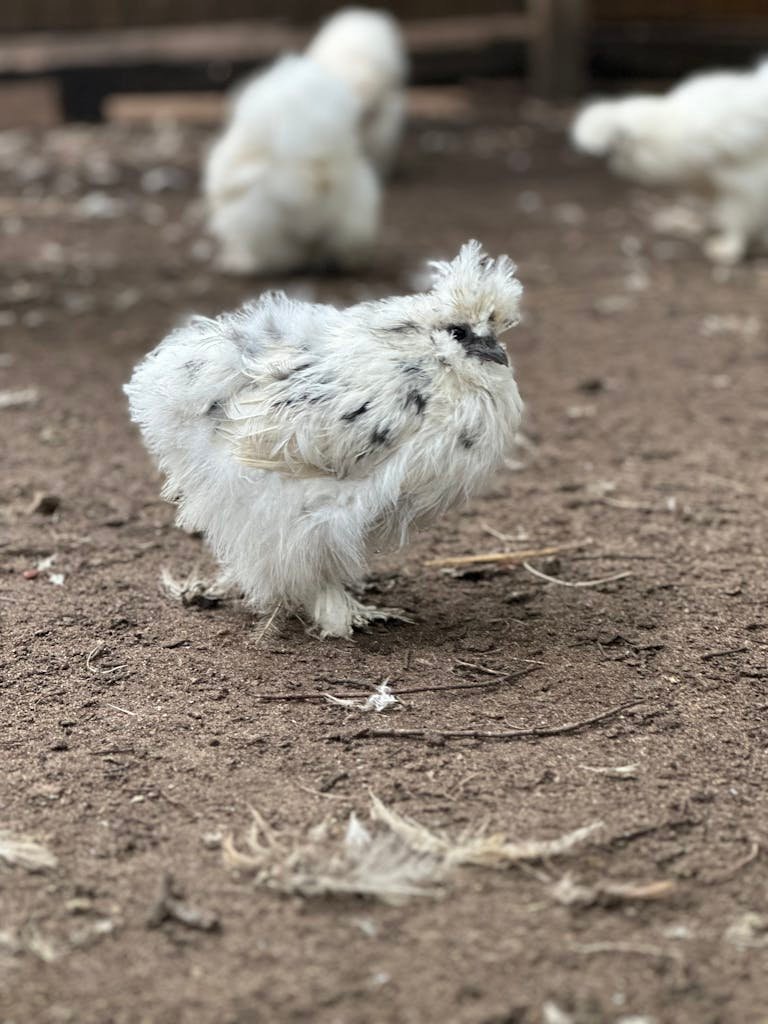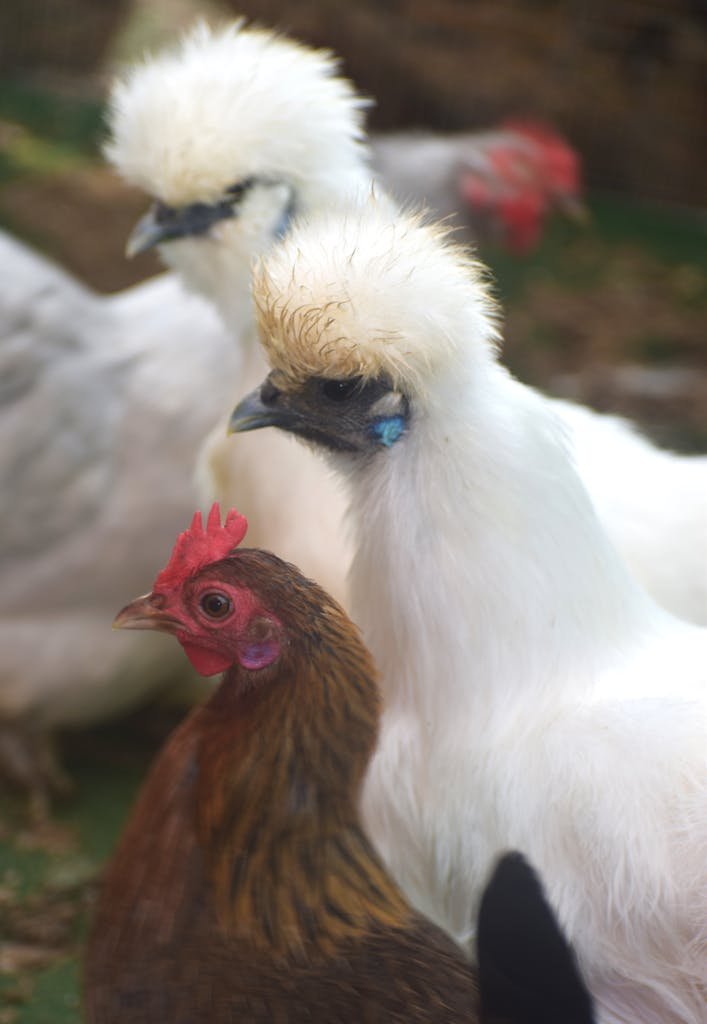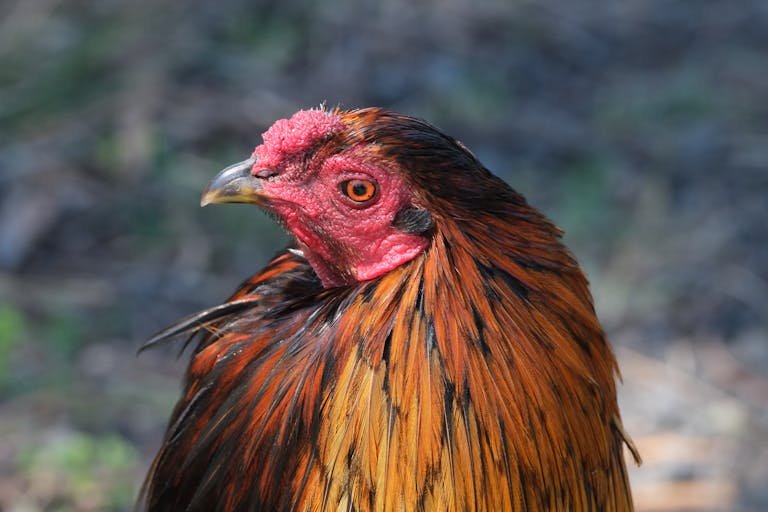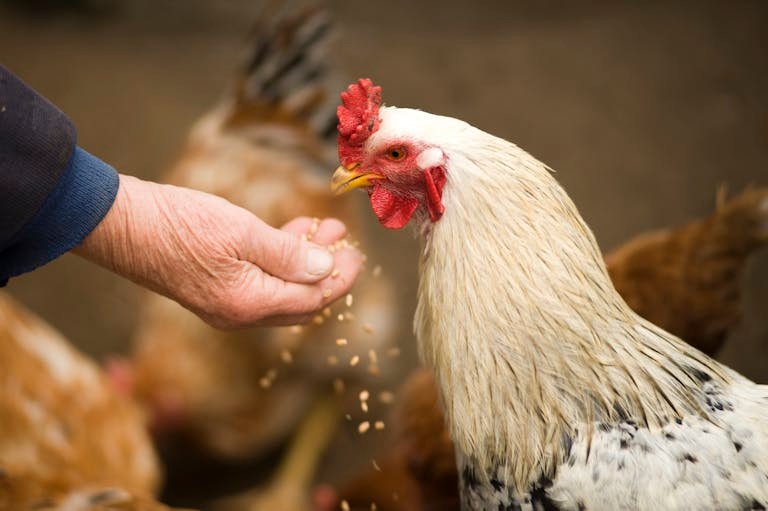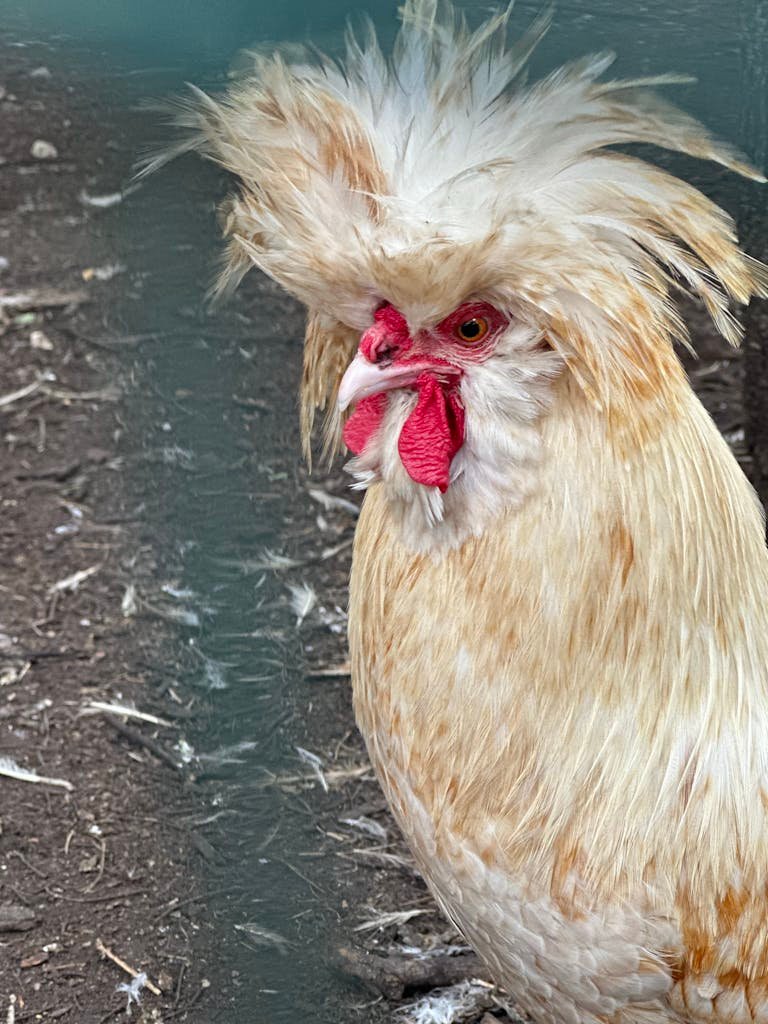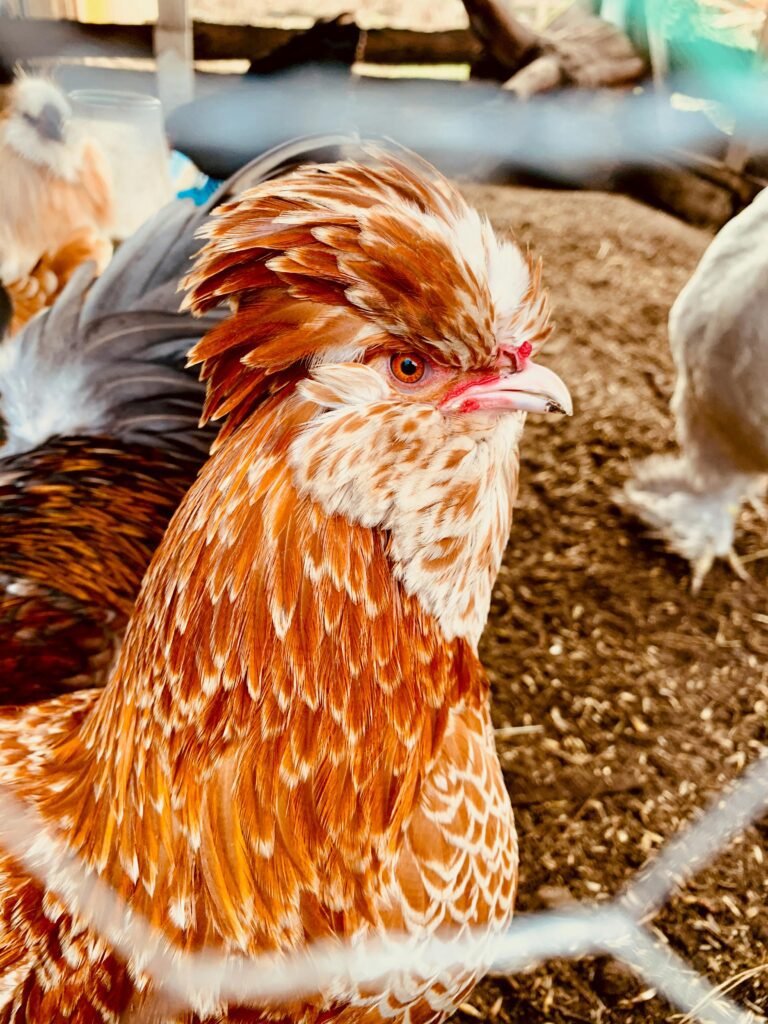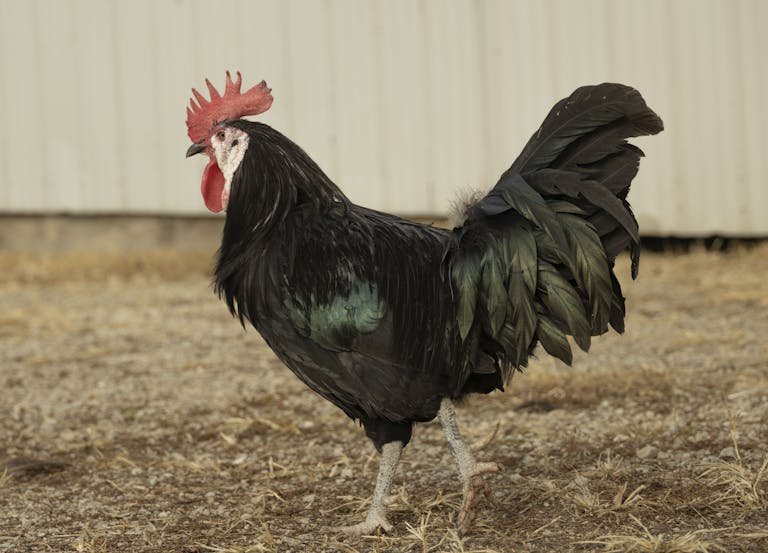The Truth About Silkie Hens and Walnuts
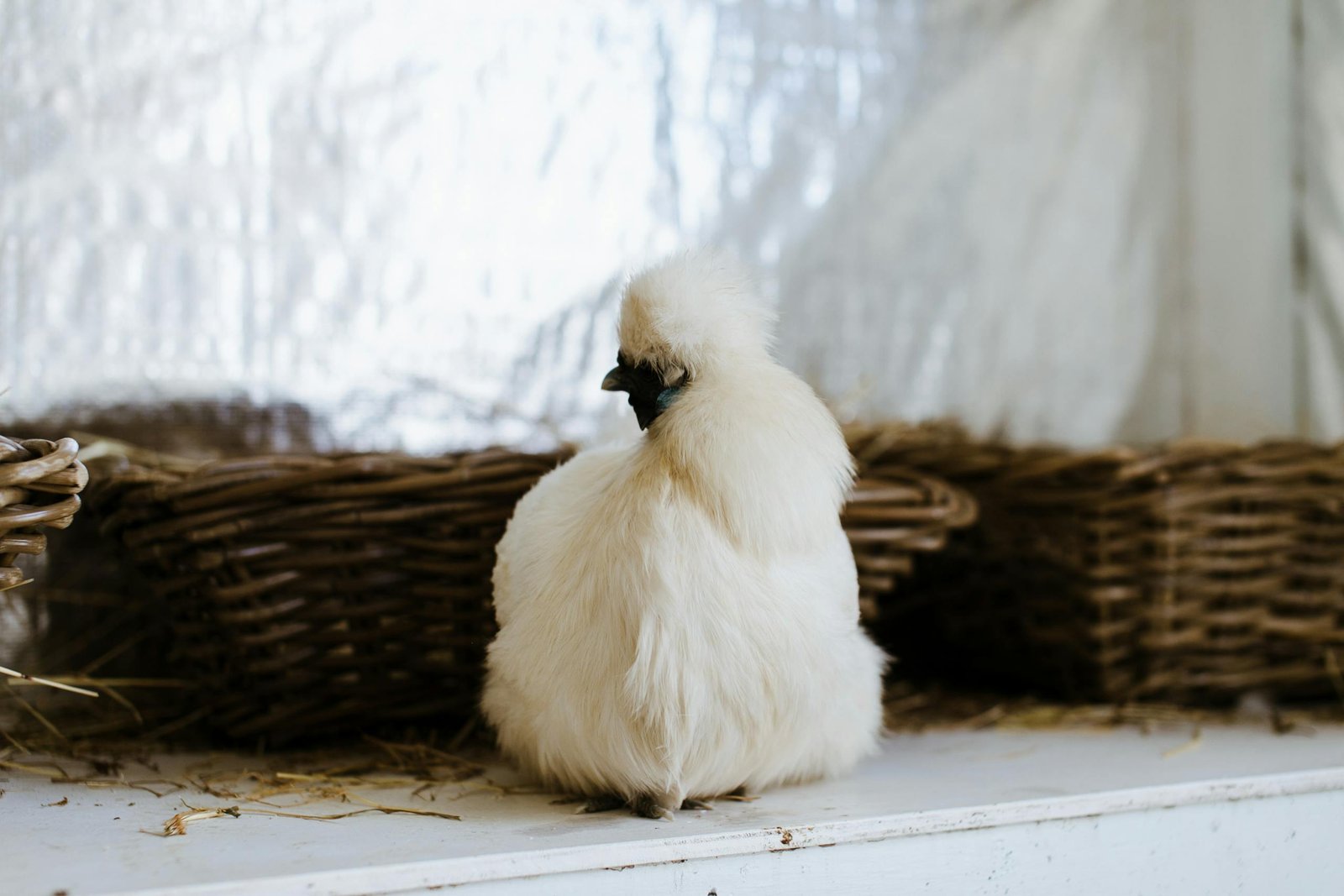
Silkie hens, a breed admired for their distinctive appearance and friendly temperament, have several unique traits that set them apart from other chickens. One of the most notable features of Silkie hens is their walnut-shaped comb. The comb of a chicken is an important identifier, influencing not only the bird’s aesthetic appeal but also playing a crucial role in thermoregulation and mating displays. In this blog, I will take you through a detailed understanding of Do Silkie Hens Have a Walnut? and explain its structure, purpose, and other unique characteristics of the breed.
Silkie Hens and Their Walnut Combs
When I write about Silkie hens, I always begin by emphasizing their striking and unusual physical traits. One of the most recognizable features of this breed is the walnut comb, which immediately distinguishes Silkies from most other chicken breeds. Unlike the simpler, more common single comb seen on many chickens, the walnut comb of a Silkie hen is far more intricate and fascinating.
What Is a Walnut Comb
A walnut comb is a genetic trait unique to certain chicken breeds, and it gets its name from its distinctive appearance. Just like the surface of a walnut shell, this type of comb is wrinkled, textured, and somewhat lumpy in shape. Instead of having a smooth, flat surface, the walnut comb is bumpy and divided into several ridges. It forms as a result of a combination of genetic factors, which I will explain in detail below.
Characteristics of the Walnut Comb
- Shape: As the name suggests, the walnut comb is round and irregular, resembling the shell of a walnut. It appears as though several smaller combs have fused.
- Size: In hens, the walnut comb is relatively small compared to other breeds with single or rose combs. However, it is more noticeable in Silkie roosters.
- Color: The color of the walnut comb in Silkie hens is typically a deep, dark mulberry or even black, which contrasts beautifully against their fluffy plumage.
- Texture: The texture is convoluted and bumpy, adding to the uniqueness of the comb’s appearance.
Why Do Silkie Hens Have a Walnut Comb
The walnut comb is the result of the combination of two different comb gene alleles: the pea comb gene (P) and the rose comb gene (R). These genes interact to create the distinctive walnut shape, which sets Silkies apart.
In general, chicken combs are determined by dominant and recessive genes that define their shape, size, and sometimes even color. What’s fascinating about Silkie hens is that the combination of these genes produces the walnut comb, which is both aesthetically pleasing and practical.
Genetics Behind the Walnut Comb
Understanding the genetic background of Silkie hens can be a bit complex, but it’s an essential aspect when I write about this breed. The walnut comb is the result of the interaction between two dominant genes, the pea comb gene, and the rose comb gene, as I mentioned earlier. Here’s a breakdown of how this works:
The Pea Comb Gene (P)
The pea comb gene is dominant and typically results in a comb with multiple rows of raised “peas” or small ridges. It’s more common in breeds like the Brahma chicken. However, when this gene interacts with the rose comb gene in Silkies, it contributes to the creation of the walnut comb.
The Rose Comb Gene (R)
The rose comb gene, also dominant, creates a flatter, more extended comb with a central ridge. The Wyandotte chicken breed is a typical example of chickens with rose combs. In Silkies, the combination of the rose comb and pea comb genes causes a fusion that results in the unique walnut-shaped comb.
Interaction of P and R Genes
When both the P and R genes are present, they interact to create a complex, lumpy, and rounded structure. This gene combination is what produces the iconic walnut comb in Silkie hens. The interaction between these two genes is what makes the walnut comb not just a random feature, but a predictable outcome of breeding Silkie chickens.
Why Is the Walnut Comb Important
When I talk about chicken combs, you might think it’s just a decorative feature, but the walnut comb has practical purposes. Beyond its genetic significance, the comb plays a role in the health and functionality of the chicken.
Role in Thermoregulation
Like all chicken combs, the walnut comb helps regulate the bird’s body temperature. Chickens don’t sweat like humans; instead, they release excess heat through their combs. While the walnut comb of a Silkie hen is smaller than that of other breeds, it still aids in thermoregulation, allowing the bird to stay cool during hot weather.
Mating Displays and Attraction
In many chicken breeds, the comb is an important feature during mating displays. The size and color of the comb can signal to a rooster that a hen is healthy and ready to mate. For Silkie hens, although the walnut comb is smaller, it still serves as a visual indicator of the hen’s health and vitality.
Read Also: Sapphire Gem Chicken: A Stunning Breed
Other Distinctive Features of Silkie Hens
While the walnut comb is a fascinating characteristic, it’s not the only thing that makes Silkie hens stand out. I also love writing about their other unusual features that add to their appeal.
Silkie Plumage
Silkie hens are known for their soft, fluffy feathers that resemble fur more than traditional feathers. This trait gives them a distinct, almost cuddly appearance. Their feathers lack the barbicels that hold normal feathers together, giving them a unique silky texture. This feature also makes them less able to fly than other chicken breeds, but it adds to their charm.
Five Toes
Most chickens have four toes on each foot, but Silkie hens have five. This trait, called polydactylism, is another genetic quirk that makes them stand out. The extra toe is typically shorter and doesn’t affect their movement or balance.
Dark Skin and Bones
Silkies are one of the few chicken breeds with dark skin, bones, and meat. Their skin is black or bluish-gray, which is a rare trait among poultry. This characteristic is more pronounced in their bones and is caused by a genetic condition called fibromatosis, which causes hyperpigmentation in the tissues.
Broodiness and Mothering Instincts
Silkie hens are also known for their strong brooding instincts. They are excellent mothers and are often used to hatch eggs from other breeds because of their dedication to sitting on nests and raising chicks. If you’re thinking about keeping chickens for hatching, Silkie hens are a great choice due to their calm and nurturing nature.
Caring for Silkie Hens and Their Walnut Combs
If you’re considering raising Silkie hens, there are some care aspects you should be aware of to ensure their walnut combs and overall health are well-maintained.
Comb Care
Due to the smaller size of their walnut comb, Silkies are less prone to frostbite than chickens with larger combs. However, if you live in a very cold climate, you should still take precautions by keeping your coop warm and insulated during winter months. A well-ventilated but draft-free coop will help protect their combs from freezing.
General Health
Silkie hens are generally hardy birds, but their unique plumage and skin make them susceptible to external parasites like mites and lice. Regular checks and proper grooming can help keep these pests at bay. Dust baths are a great way for Silkies to naturally clean themselves and stay free of parasites.
Diet and Nutrition
Like all chickens, Silkie hens need a balanced diet rich in proteins and calcium to stay healthy. Their diet should include high-quality poultry feed, along with treats like fruits, vegetables, and grains. Proper nutrition helps keep their feathers shiny and their combs healthy.
Read Also: Gritty Details: Why Your Chickens Need Grit
Conclusion
So, do Silkie hens have a walnut comb? Yes, they do! The walnut comb is one of the most distinctive features of Silkie hens, and it results from a fascinating genetic combination of the pea comb and rose comb genes. This unique trait, along with their fluffy plumage, five toes, and dark skin, makes Silkies one of the most recognizable and beloved chicken breeds in the world.
If you’re interested in raising Silkie hens, their walnut combs are just one part of the overall charm that these birds offer. Whether you’re drawn to their appearance, their gentle nature, or their excellent mothering instincts, Silkies are a wonderful addition to any flock.
